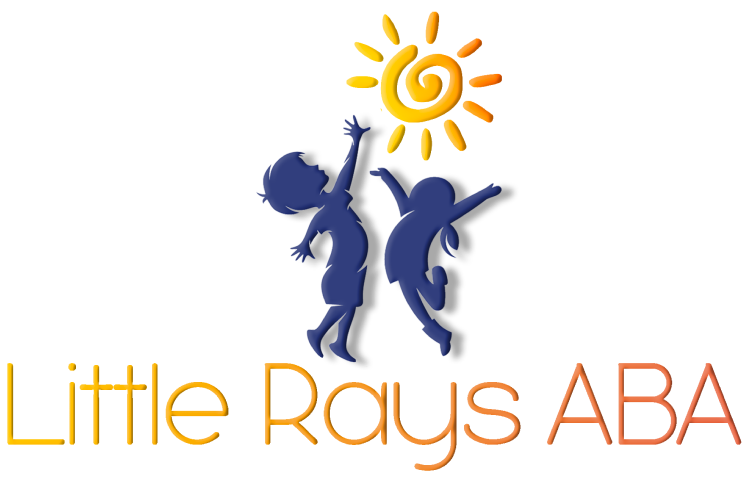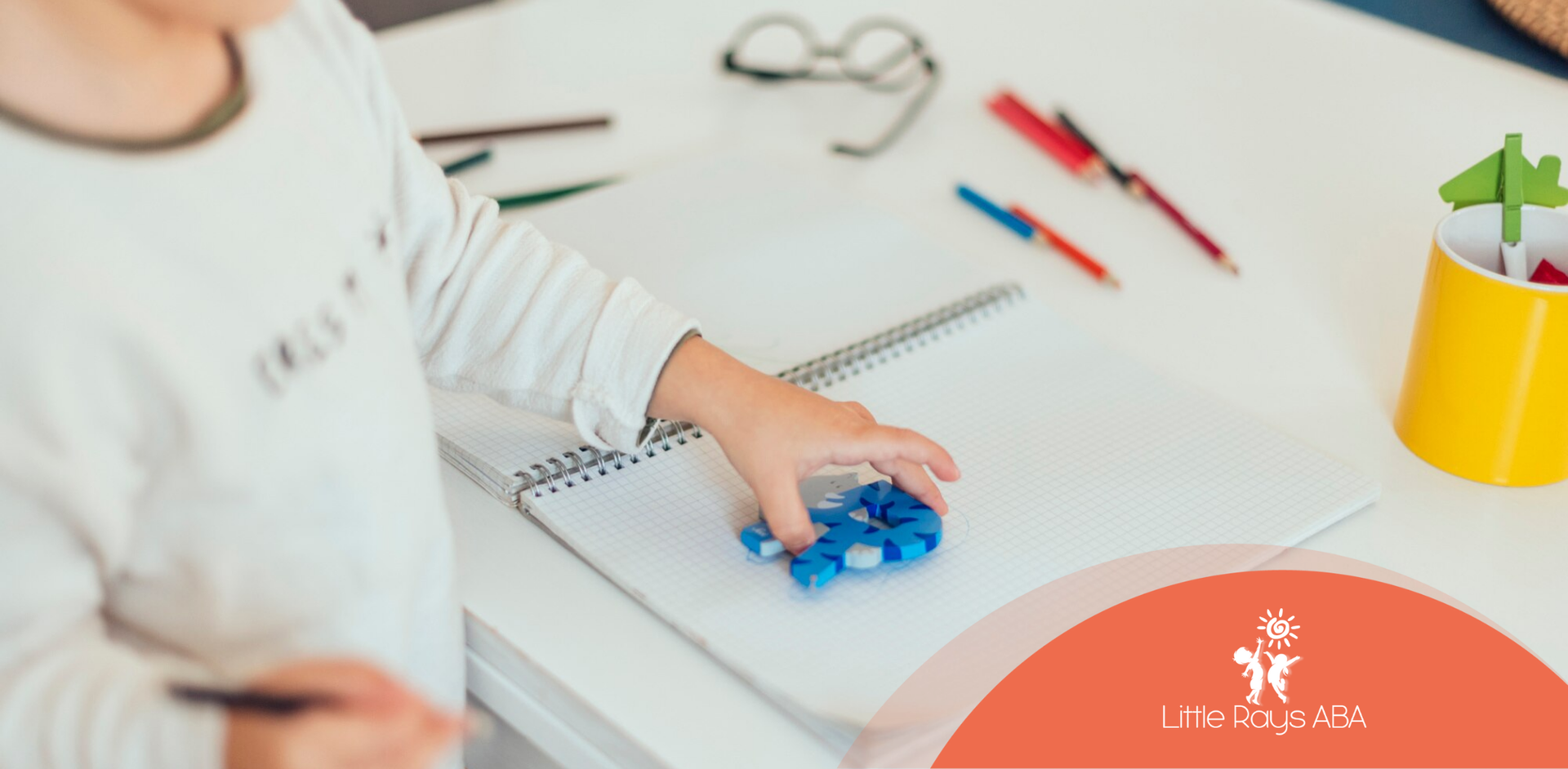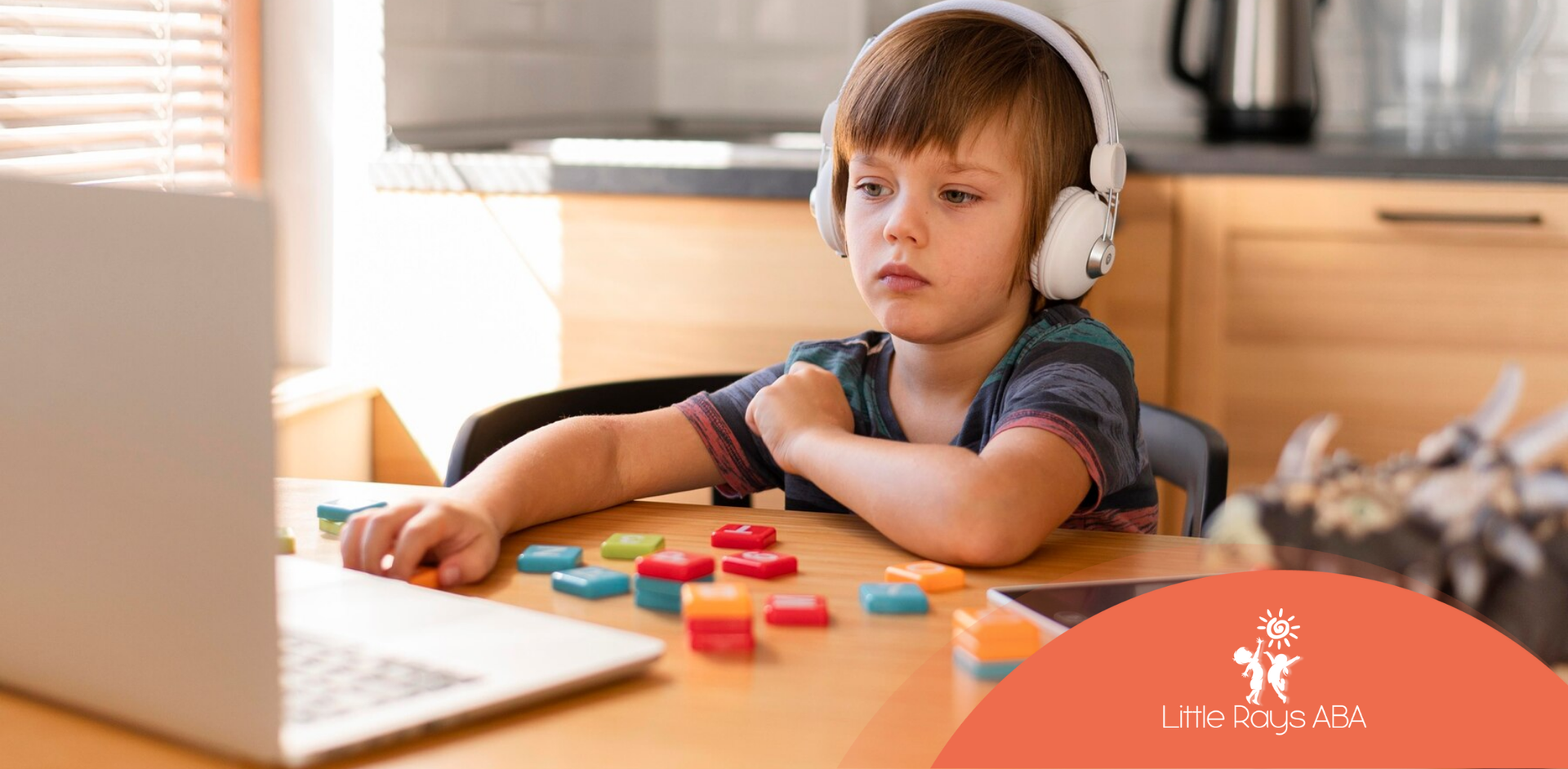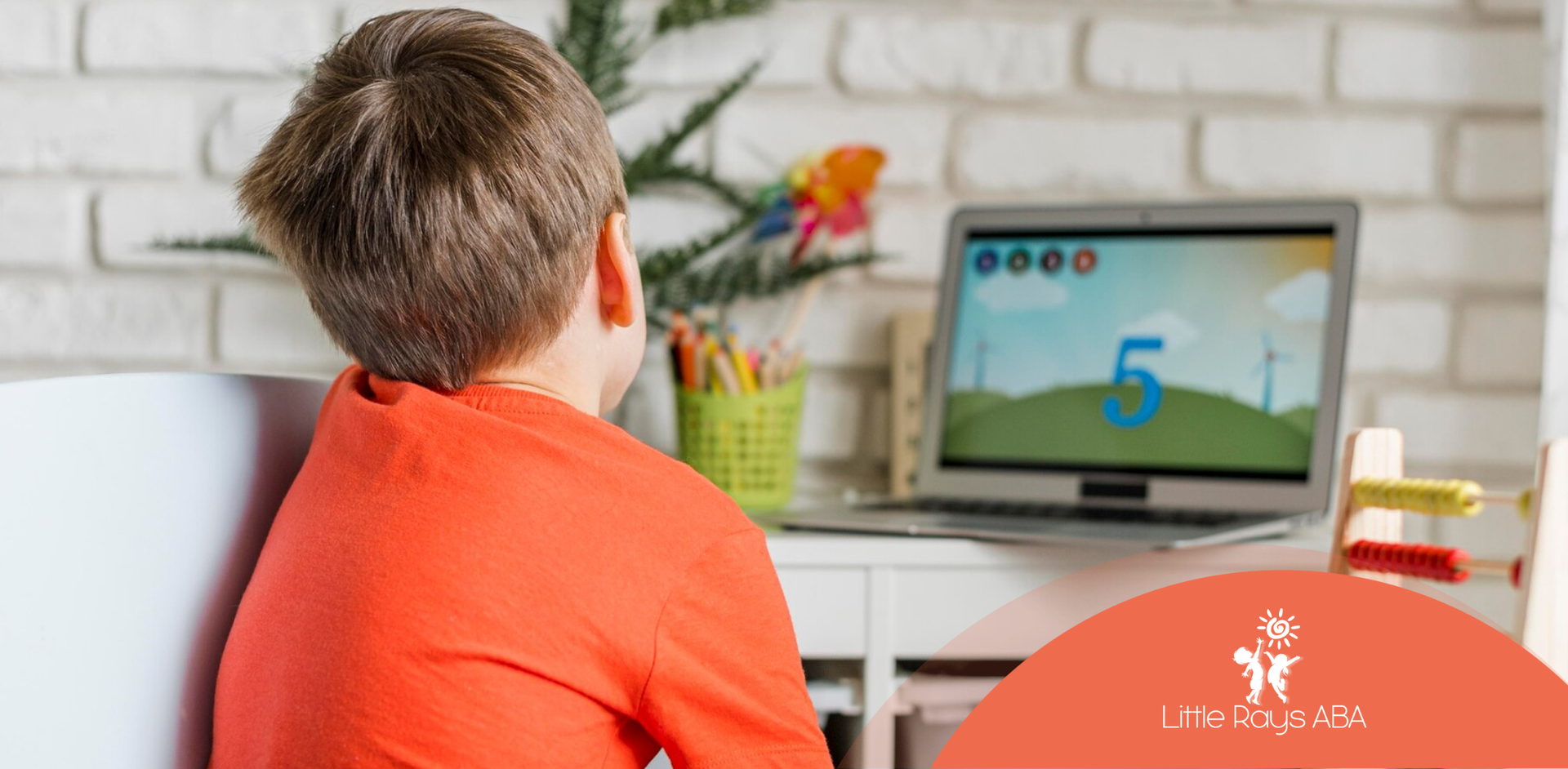Do Babies with Autism Smile?
Smiling is one of the earliest forms of communication between babies and their caregivers. It signals happiness, recognition, and social engagement. Parents eagerly wait for their baby’s first smile, often interpreting it as a sign of healthy development. However, some parents may notice that their baby smiles less frequently or in different ways than expected. This can raise concerns about autism spectrum disorder (ASD).
A common question among parents is, “Do babies with autism smile?” The answer is not always straightforward. While babies with autism can smile, their smiling patterns may differ from neurotypical infants. This blog will explore how smiling behaviors in babies with autism may vary, early signs to look for, and when to seek professional guidance.
Typical Baby Smiling Development
Before diving into how autism might affect smiling, it’s essential to understand what typical smiling development looks like in infants:
1. Reflex Smiles (0-2 Months)
Newborns often display reflex smiles, which are automatic and not linked to emotions. These smiles usually occur during sleep and are a normal part of early development.
2. Social Smiles (6-8 Weeks)
By 6 to 8 weeks, babies start developing social smiles—intentional smiles in response to faces, voices, or interactions. This marks an essential milestone in social and emotional development.
3. Interactive Smiling (3-6 Months and Beyond)
Between 3 and 6 months, babies typically begin to engage in reciprocal smiling—smiling when someone smiles at them. They also start using eye contact and cooing to strengthen social connections.
How Do Babies with Autism Smile?
Babies with autism can and do smile, but their smiling patterns may differ. Here’s how:
1. Delayed Social Smiling
Some babies with autism may smile later than expected or smile less frequently in response to social interactions.
2. Less Responsive to Social Cues
Neurotypical babies often smile back when a parent or caregiver smiles at them. Babies with autism may not consistently return smiles or might smile at inanimate objects more than people.
3. Smiling Without Eye Contact
Many infants with autism smile while avoiding direct eye contact, making their smiles seem less socially engaging.
4. Smiling at Unusual Triggers
Babies with autism might smile at sensory experiences—such as lights, patterns, or textures—rather than social interactions.
5. Lack of Emotional Reciprocity
A key aspect of social smiling is emotional reciprocity, where babies and caregivers share emotions through facial expressions. Some babies with autism may smile without expecting a reaction or may not smile in response to comforting or playful interactions.
Other Early Signs of Autism in Babies
Smiling differences alone do not confirm autism. However, if your baby shows additional developmental differences, it may be worth discussing concerns with a pediatrician. Other early signs include:
1. Reduced Eye Contact
Babies with autism may avoid or have limited eye contact with caregivers, even during feeding or playtime.
2. Lack of Social Gestures
By 9 to 12 months, most babies wave, point, or reach for objects. Babies with autism may not use these social gestures.
3. Limited or Unusual Sounds
Typical babies begin babbling around 4 to 6 months. Babies with autism may make fewer sounds, repeat certain noises, or remain unusually quiet.
4. Difficulty Responding to Their Name
By 6 to 12 months, babies usually recognize and respond to their name. Babies with autism may not react consistently when called.
5. Unusual Repetitive Behaviors
Repetitive movements, such as hand flapping, rocking, or staring at objects for extended periods, may be early indicators of autism.
6. Preference for Objects Over People
While most babies seek interaction with caregivers, some babies with autism show more interest in objects, like spinning wheels or watching ceiling fans.
When to Seek Professional Guidance
If you notice differences in your baby’s social engagement, including smiling patterns and responsiveness, it’s essential to trust your instincts and speak with a pediatrician. Early intervention can make a significant difference in a child’s development.
Your doctor may recommend:
- Developmental screenings to assess milestones.
- A referral to a specialist (e.g., a developmental pediatrician or neurologist).
- Early intervention services like speech or occupational therapy.
Autism can be diagnosed as early as 18 months, though some signs may appear even earlier. The sooner a child receives support, the better their developmental outcomes.
Supporting Social Smiling in Babies with Autism
If your baby is not smiling as expected, there are ways to encourage social engagement:
1. Use Exaggerated Facial Expressions
Babies with autism may respond better to highly expressive faces. Try making exaggerated smiles or silly faces.
2. Engage in Face-to-Face Interaction
Hold your baby at eye level while speaking, singing, or playing peek-a-boo to encourage engagement.
3. Use Their Favorite Stimuli
If your baby enjoys certain textures, lights, or sounds, incorporate them into social play to connect smiling with interaction.
4. Be Patient and Responsive
Even if your baby doesn’t smile back immediately, continue offering warm, consistent interactions.
5. Encourage Joint Attention
Point to objects, describe them, and wait for your baby to look before responding. Joint attention helps build social skills.
Conclusion
So, do babies with autism smile? Yes, but their smiles may develop differently. Some may smile less in social situations, smile at unusual triggers, or have difficulty maintaining eye contact while smiling.
If you have concerns about your baby’s development, early evaluation and intervention are key. Little Rays ABA specializes in supporting children with autism through evidence-based ABA therapy, helping them develop social, communication, and behavioral skills. If you’re seeking guidance, we’re here to help!
Frequently Asked Questions
Can a baby smile and still have autism?
Yes. Babies with autism can smile, but their smiling patterns may differ. They may smile less often in social situations or prefer sensory triggers over interpersonal interactions.
What are the earliest signs of autism in babies?
Some of the earliest signs include reduced eye contact, lack of response to their name, minimal babbling, and limited use of social gestures like waving or pointing.
When should I worry if my baby doesn’t smile?
If your baby doesn’t smile socially by 3 months, or shows other signs of delayed social engagement (such as avoiding eye contact or not responding to their name), consult a pediatrician for further evaluation.
Sources:
- https://www.parents.com/baby/development/laughing/when-do-babies-start-smiling/
- https://depts.washington.edu/dbpeds/Screening%20Tools/Devt%20Milestones%20Table%20%28B-6y%29%20PIR%20%28Jan2016%29.msg.pdf
- https://www.healthline.com/health/neurotypical
- https://neurosciences.ucsd.edu/centers-programs/autism/early/signs.html
- https://www.autismparentingmagazine.com/autism-stimming-causes-management-and-types/
- https://www.cdc.gov/autism/diagnosis/index.html
Unlock Your Child's Potential with Expert ABA Therapy!
At Little Rays ABA, we provide compassionate, evidence-based ABA therapy to help children with autism thrive. Our personalized approach fosters growth in communication, social skills, and independence.
Get In Touch With Us Today to Get Started With ABA Therapy!
Related Posts
MENU
GET IN TOUCH
7117 San Salvador Dr Boca Raton, FL 33433
3200 Collins Ave Miami Beach, FL 33140





